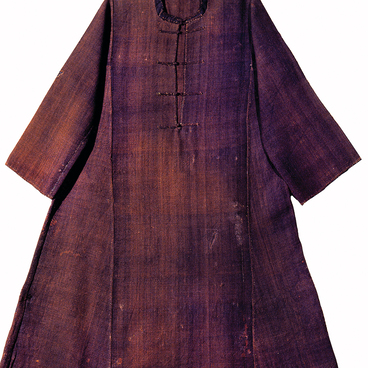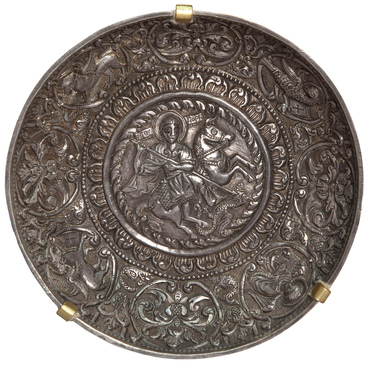During excavations on the territory of Mangazeya — the first Russian town in the Arctic — archaeologists found 8 chess boards and more than 260 pieces from different sets. Some of them were carved from bone, others from wood. They were made by amateur carvers in small numbers for local use. In general, they created traditionally accepted chess pieces, but sometimes they gave them an atypical shape, which differed from the classic one.
At the beginning of the 17th century, chess was considered a gambling game in Russia and only men were allowed to play. Judging by the number of figures and attributes for other games — for example, dice and checkers — gambling in Mangazeya flourished. The games were allowed as an entertaining activity in public baths. However, games were also secretly played in rich city houses, inns, hotels and even prisons. People of all classes participated in them.
Mangazeysky ostrog (small fortified town) was built in 1601 on the site of a small settlement of Pomors (residents of the Russian North), in the lower reaches of the Taz River on the territory of the modern Yamalo-Nenets Autonomous Okrug. For almost 50 years, the “boiling with gold” Mangazeya remained a major center of fur trade and the only port in the Siberian Arctic that connected Siberian cities with the Northern Sea Route.
The Mangazeya Sea Route remained the most popular one among professional sailors and industrialists until the middle of the 17th century. It was laid by the Russian Pomors at the end of the 15th century. It passed from the White Sea through the Ob and Taz Estuary of the Kara Sea to the territories rich in furbearers.
At the beginning of the 17th century, chess was considered a gambling game in Russia and only men were allowed to play. Judging by the number of figures and attributes for other games — for example, dice and checkers — gambling in Mangazeya flourished. The games were allowed as an entertaining activity in public baths. However, games were also secretly played in rich city houses, inns, hotels and even prisons. People of all classes participated in them.
Mangazeysky ostrog (small fortified town) was built in 1601 on the site of a small settlement of Pomors (residents of the Russian North), in the lower reaches of the Taz River on the territory of the modern Yamalo-Nenets Autonomous Okrug. For almost 50 years, the “boiling with gold” Mangazeya remained a major center of fur trade and the only port in the Siberian Arctic that connected Siberian cities with the Northern Sea Route.
The Mangazeya Sea Route remained the most popular one among professional sailors and industrialists until the middle of the 17th century. It was laid by the Russian Pomors at the end of the 15th century. It passed from the White Sea through the Ob and Taz Estuary of the Kara Sea to the territories rich in furbearers.



